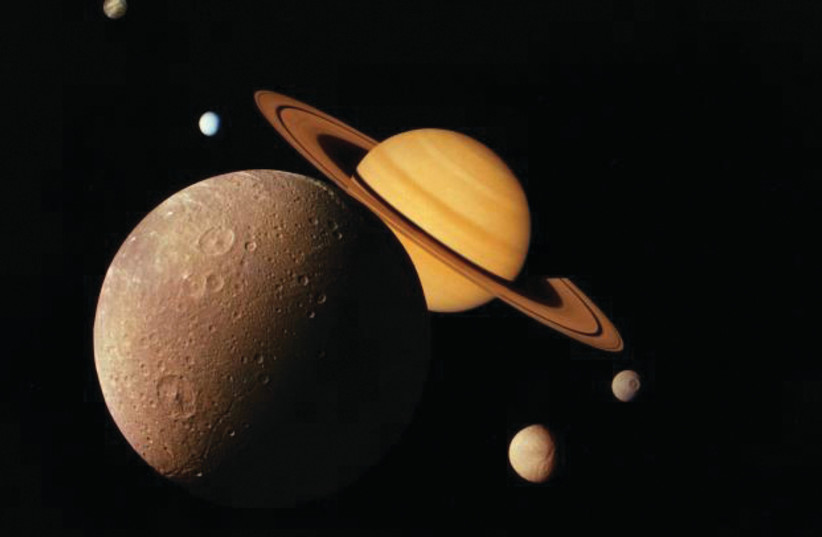NASA hopes to understand how life on earth began through a new mission to Saturn's giant moon Titan in 2027, according to NASA Goddard Space Flight Center in Maryland.
The ambitious mission named "Dragonfly" will be the fourth mission in NASA’s New Frontiers program.
The mission is expected to arrive at Titan in 2030 and aims to further our understanding of the development of life in the universe. NASA hopes to achieve this goal with the help of the Dragonfly Mass Spectrometer (DraMS), an instrument designed to help scientists gain an exact understanding of the chemistry on Titan.
What is prebiotic chemistry?
The knowledge gained on Titan will then hopefully help understand how chemical processes, called prebiotic chemistry, brought about life here on Earth.
DraMS will scan through measurements of samples from Titan’s surface material for evidence of prebiotic chemistry.

Titan is an ideal laboratory to study prebiotic chemical processes and the potential habitability of an extraterrestrial environment because of its complex and carbon-rich chemistry, its interior ocean and the past presence of liquid water on its surface.
“We want to know if the type of chemistry that could be important for early pre-biochemical systems on Earth is taking place on Titan,” explained Dr. Melissa Trainer of NASA’s Goddard Space Flight Center, Greenbelt, Maryland.
The mission's name Dragonfly comes from the name of the robotic rotorcraft that will be used. It will house and transport the scientific instruments, taking advantage of Titan’s low gravity and dense atmosphere to fly as far as several miles from site to site.
In this way, scientists will be able to probe samples from environments with a variety of geologic histories.
“DraMS is designed to look at the organic molecules that may be present on Titan, at their composition and distribution in different surface environments,” said Trainer.
Organic molecules contain carbon and are used by all known forms of life. They are of interest in understanding the formation of life because they can be created by living and non-living processes.
DraMS and the Sample Analysis at Mars (SAM) instrument suite aboard the Mars Curiosity rover were in part developed by the same team.
DraMS is designed to survey samples of Titanian surface material in situ, using techniques tested on Mars with the SAM suite.
In this way the scientists did not have to develop DraMS from scratch, instead they built on the methods which already had proved themselves in the search for organic compounds on Mars.
“This design has given us an instrument that’s very flexible, that can adapt to the different types of surface samples,” says Trainer.
The scientific instruments being transported on Dragonfly are designed and built under the direction of the Johns Hopkins Applied Physics Laboratory in Laurel, Maryland, which manages the mission for NASA and is designing and building the rotorcraft-lander.
